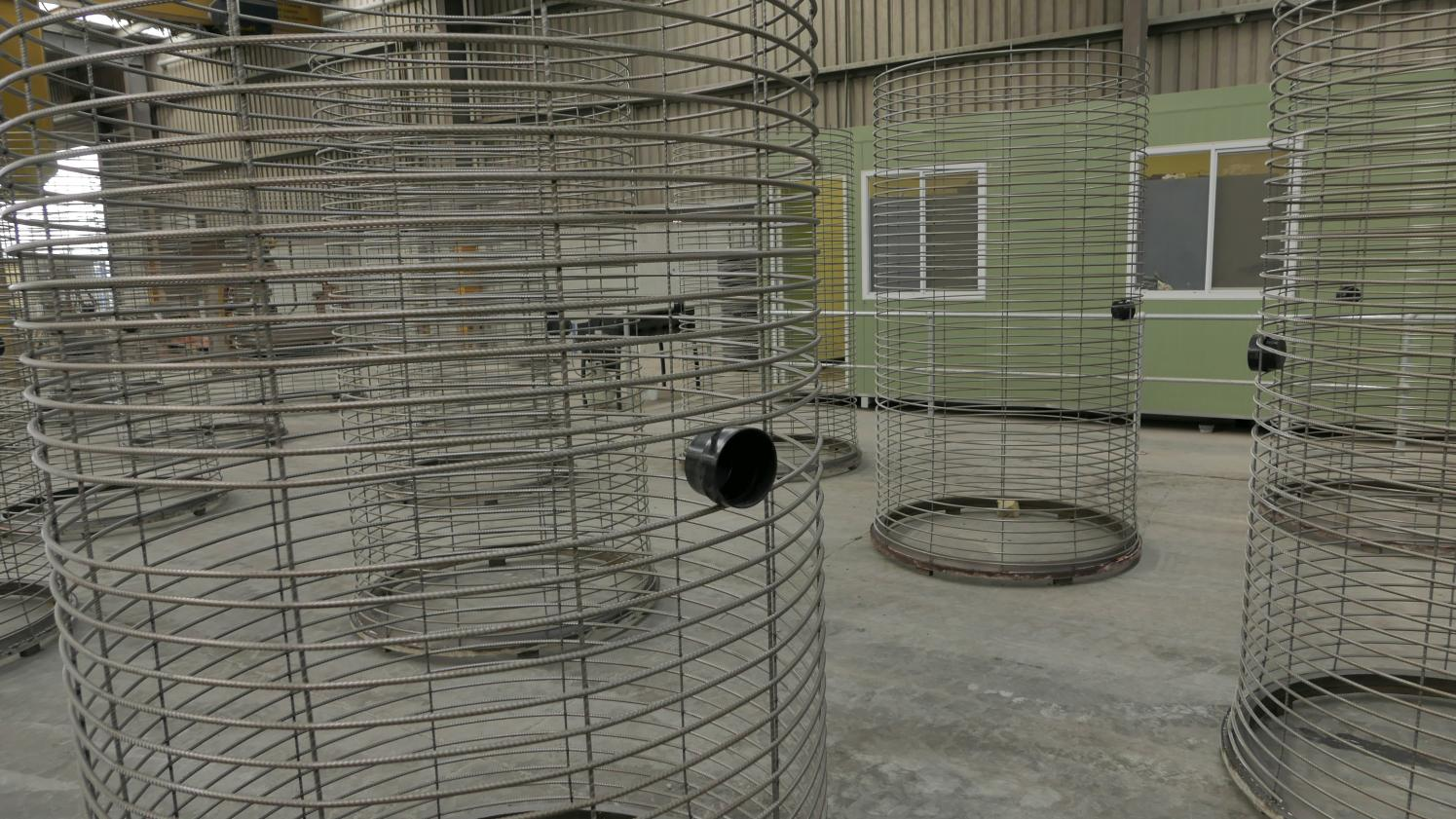- Afrikaans
- Albanian
- Amharic
- Arabic
- Armenian
- Azerbaijani
- Basque
- Belarusian
- Bengali
- Bosnian
- Bulgarian
- Catalan
- Cebuano
- China
- China (Taiwan)
- Corsican
- Croatian
- Czech
- Danish
- Dutch
- English
- Esperanto
- Estonian
- Finnish
- French
- Frisian
- Galician
- Georgian
- German
- Greek
- Gujarati
- Haitian Creole
- hausa
- hawaiian
- Hebrew
- Hindi
- Miao
- Hungarian
- Icelandic
- igbo
- Indonesian
- irish
- Italian
- Japanese
- Javanese
- Kannada
- kazakh
- Khmer
- Rwandese
- Korean
- Kurdish
- Kyrgyz
- Lao
- Latin
- Latvian
- Lithuanian
- Luxembourgish
- Macedonian
- Malgashi
- Malay
- Malayalam
- Maltese
- Maori
- Marathi
- Mongolian
- Myanmar
- Nepali
- Norwegian
- Norwegian
- Occitan
- Pashto
- Persian
- Polish
- Portuguese
- Punjabi
- Romanian
- Russian
- Samoan
- Scottish Gaelic
- Serbian
- Sesotho
- Shona
- Sindhi
- Sinhala
- Slovak
- Slovenian
- Somali
- Spanish
- Sundanese
- Swahili
- Swedish
- Tagalog
- Tajik
- Tamil
- Tatar
- Telugu
- Thai
- Turkish
- Turkmen
- Ukrainian
- Urdu
- Uighur
- Uzbek
- Vietnamese
- Welsh
- Bantu
- Yiddish
- Yoruba
- Zulu
Oct . 10, 2024 11:08 Back to list
high pressure die casting aluminum
High Pressure Die Casting Aluminum An Overview
High pressure die casting (HPDC) is a manufacturing process that involves forcing molten metal into a mold cavity under high pressure. This method is predominantly used for producing aluminum components, offering significant advantages in terms of precision, surface finish, and production speed. The technique is widely adopted in various industries, including automotive, aerospace, and consumer goods, due to its ability to create complex shapes with tight tolerances.
The Process of High Pressure Die Casting
The HPDC process begins with melting aluminum in a furnace at temperatures reaching around 700°C (approximately 1292°F). Once the aluminum reaches a molten state, it is injected into a pre-made steel die or mold, which consists of two halves. The injection system, which can be either hot chamber or cold chamber, forces the molten aluminum into the die at pressures ranging from 1,000 to 30,000 psi (pounds per square inch).
The choice between hot chamber and cold chamber die casting methods largely depends on the alloy properties and the complexity of the component being cast. The hot chamber method is typically used for zinc and lead alloys due to their lower melting points, while cold chamber casting is preferred for aluminum. After the molten metal is injected, it cools and solidifies rapidly within the mold, usually within seconds. Once cooled, the die is opened, and the finished part is ejected.
Advantages of High Pressure Die Casting Aluminum
1. Accuracy and Precision HPDC produces components with high dimensional accuracy and a smooth surface finish, which often requires little to no machining. This precision is crucial in industries like automotive, where even minute deviations can lead to operational inefficiencies or safety risks.
2. Complex Geometries The ability to create intricate designs is one of the hallmarks of HPDC. This process can replicate highly complex shapes, enabling the production of lightweight and structurally optimized components that improve overall product performance.
3. High Production Rates HPDC is a suitable process for mass production due to its speed. Once a die is set up and running, it can produce many parts in a short period, significantly reducing manufacturing lead times.
high pressure die casting aluminum

4. Material Efficiency Aluminum is a lightweight metal with excellent corrosion resistance, making it an ideal material for many applications. The HPDC process minimizes waste because the mold is filled with molten aluminum, and any excess material can often be recycled within the system.
5. Cost-Effectiveness Although the initial costs for creating dies can be significant, the overall costs can be lower in high-volume production runs. The reduced machining needs and faster cycle times contribute to the improved economic efficiency of HPDC.
Challenges in High Pressure Die Casting
Despite its many advantages, HPDC also faces several challenges.
- Die Wear The high pressures and temperatures involved in the process can cause significant wear on the die, necessitating regular maintenance and replacement. This can add to manufacturing costs, especially for high-volume production runs.
- Porosity The rapid cooling of the molten aluminum can lead to the formation of micro-voids within the cast part, which may affect mechanical properties and integrity. Techniques such as vacuum die casting can mitigate this issue but may introduce additional costs and complexity.
- Limited Alloy Options While aluminum alloys are extensively used, not all alloys perform well with HPDC. Manufacturers must carefully select appropriate alloys based on their melting characteristics and the intended application of the end product.
Conclusion
High pressure die casting aluminum is an advanced manufacturing technique that offers numerous benefits for producing high-performance components across various industries. Its combination of precision, speed, and material efficiency makes it an attractive option for manufacturers seeking to optimize their production processes. However, considerations related to die wear, porosity, and material selection must be managed effectively to fully harness the potential of this technology. As manufacturing processes continue to evolve, HPDC will remain a key player in efficient and effective metal casting solutions.
-
Premium Cast Iron Water Main Pipe: Durable, Corrosion-Resistant
NewsAug.03,2025
-
Durable Cast Iron Water Mains | AI-Optimized Systems
NewsAug.02,2025
-
High-Efficiency Propane Boiler for Baseboard Heat | Save Energy
NewsAug.01,2025
-
Premium Source Suppliers for Various Gray Iron Castings
NewsJul.31,2025
-
Durable Cast Iron Water Main Pipes | Long-Lasting
NewsJul.31,2025
-
High-Quality Cast Iron Water Main Pipe for Durable Infrastructure
NewsJul.30,2025


